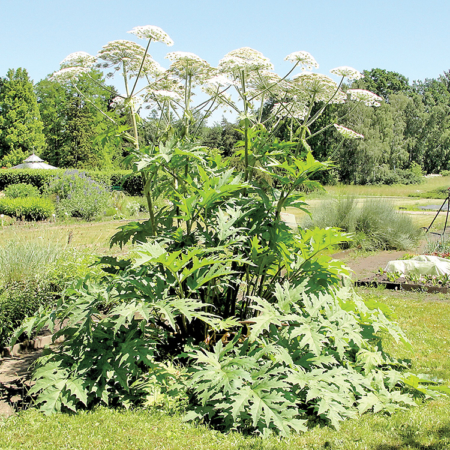In my travels the last three years to watch Jimmy play baseball in Olean, New York, I’ve made it to about every town that makes up the 12-team New York Collegiate Baseball League. From Hornell to Niagara, all the way across the state to Rochester and Syracuse, New York is truly a beautiful state. A lot of small-town Americana and wonderful people.
I have been meaning to write about the emerald ash borer and the devastation that it’s doing in Pennsylvania and across New York State. Every logging operation and sawmill I go by is just piled with ash. To say it is devastating the ash trees in Pennsylvania, New York, and our Country is an understatement. The long-term ecological and economic effect will be staggering. I’ll have more on this import from China in a future article.
Animals, insects, and plants that are not native to our Country are causing unbelievable problems. In a recent trip to Western New York, I learned of a gentleman that had suffered possible blindness and terrible burns on his arms, legs, and face from an invasive species of plant known as the giant hogweed. I had never heard of it, and wish it had never found its way into our Country.
The giant hogweed first came to the United States in the early 20th century as an ornamental garden plant brought from Eastern Europe. It is also referred to as cartwheel flower, giant cow parsnip, and hogs bane. Its obvious features are height, which normally is 7-14 ft. tall, but can grow as high as 20 feet. Its beautiful white flowers at the top will appear in umbrella-shaped clusters, with 50 to 150 rays per cluster. A cluster can cover up to two and a half feet in diameter. It has huge leaves, incised and deeply lobed, which can be found up to five feet across. Another telltale sign is its large green stem with purple splotches and fine white hairs.
It’s commonly found along rivers, fields, forests, and roadsides. It thrives in abundant light and moist areas. This aggressively invasive species can produce up to 100,000 seeds per plant. It has spread its way across the Mid-Atlantic States via wildlife, wind, and runoff. Like was said in the movie Jurassic Park, “Nature will find a way,” especially when something is somewhere it wasn’t intended to be.
If you come across this beautiful weed of a plant — do not touch! The giant hogweed, or “horror plant” as it has become known, is classified as a Class A noxious weed by the Federal government. It can cause anything from skin irritation to third-degree burns, from burning of the eyes to blindness. Permanent scarring may result from exposure to this weed of pain.
Giant hogweed has been found as close as Potter County. If you would happen to come in contact with it, wash with soap and cold water. You’re supposed to keep the exposed area from sunlight. If it contacts your eyes, rinse with cold water immediately. The plant interacts with sunlight while actually blocking the skin’s ability to block the harmful rays causing a toxic type burning.
Typically, you will have a reaction from 15 minutes to 2 hours after exposure. The beginning symptoms are painful blisters, dark pigmentation, and burning of the eyes. If this occurs, don’t fool around seek immediate medical attention.
The sap of the plant is most toxic, and many of those exposed are due to weed whacking or mowing the smaller plants. Anyone that gets poison ivy can appreciate this, but believe me, this is no poison ivy. I’m not trying to scare anybody out there, but until a week ago I didn’t even know this weed exists. The problem with this invasive species first reared its ugly head in Pennsylvania in the late 90s. It is estimated giant hogweed has been found in 600 locations in 12 counties.
Erie, Warren, and Crawford counties are where the majority of the noxious weeds have been found. The good news is the Pennsylvania Department of Agriculture claims they have eradicated a high percentage of the known giant hogweed population. The bad news is, it’s difficult to really estimate how much is out there. History has taught us that non-native invasive species tend to upset the natural ecological balance and thrive in their new home away from home.
The Keystone State’s ecosystem is definitely under attack whether it be the emerald ash borer, Northern snakehead fish, zebra mussel, Asian tiger mosquitoes, or a list of many more invading species. All stories for another day.
If you do come across giant hogweed, or what you believe may be giant hogweed, the Pennsylvania Department of Agriculture has set up a “noxious weed hotline.” They can be reached at 1-877-464-9333. Let’s be safe out there.
God Bless America.





Leave a Comment
Your email address will not be published. Required fields are marked with *